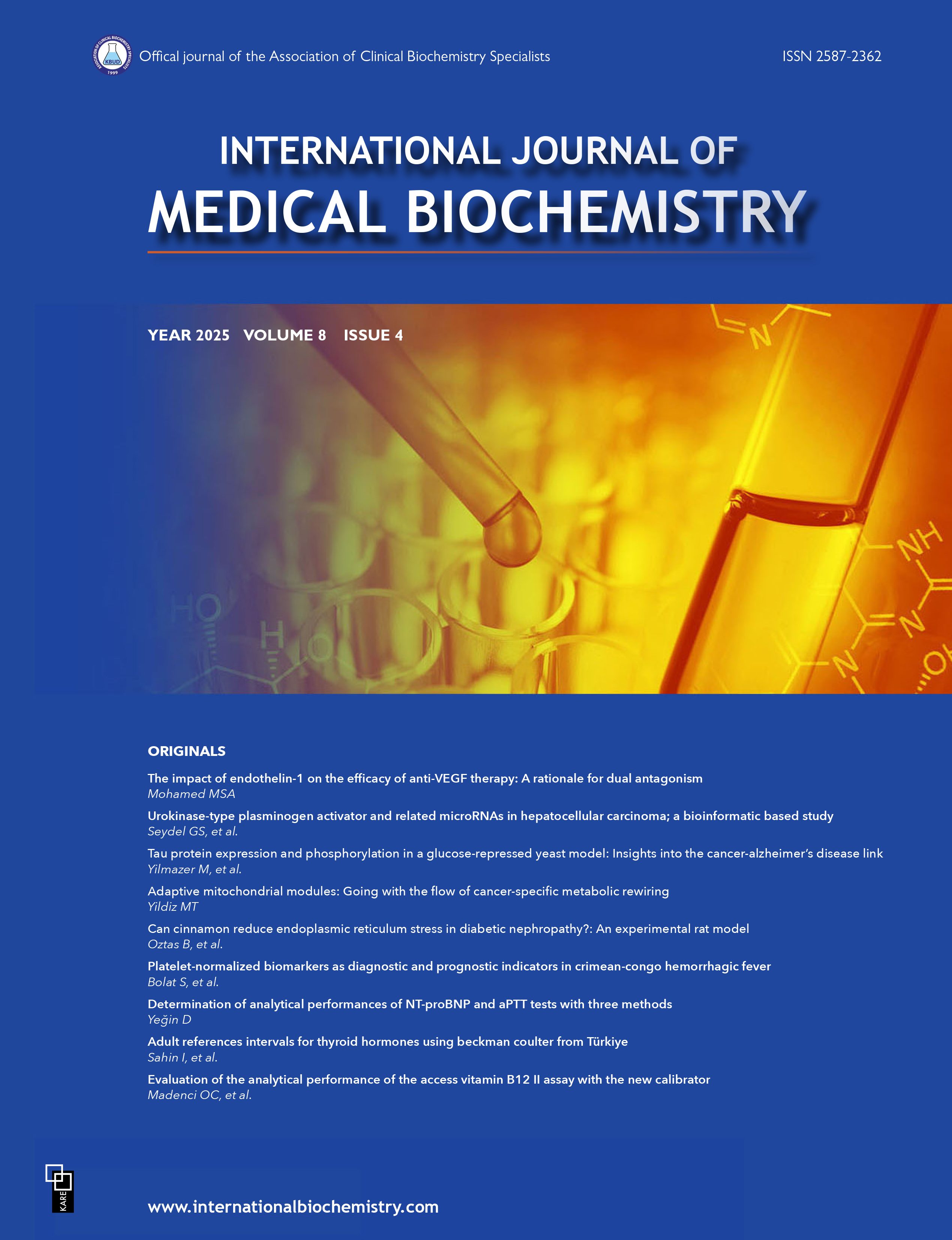Assessment of diagnostic accuracy and optimal cut points of blood lead levels on serum proteins among workers exposed to Pb at a lead battery plant
Ravibabu Kalahasthi, Tapu Barman, Ravi Prakash Jamalpur, Vinayakumar AdepuDepartment of Biochemistry, Regional Occupational Health Centre (Southern), Bangalore, IndiaINTRODUCTION: This study assessed the diagnostic accuracy and the optimal cut point of blood lead (Pb) level (BLL) in serum proteins (total protein, albumin, globulin, and albumin/globulin ratio) among workers with exposure to Pb at a Pb battery plant.
METHODS: An examination of the diagnostic accuracy and optimal cut point value of BLL in serum proteins among workers exposed to Pb was performed using analysis of the area under the curve (AUC) and coordinates of receiving operating characteristic (ROC) curve. The study group consisted of 176 males who worked in a Pb battery plant. A control group consisted of 80 male office workers with no unusual occupational Pb exposure. The BLL of the patients was assessed using an atomic absorption spectrophotometer. The serum protein levels (total protein and albumin) were determined using diagnostic kits. The serum globulin was calculated from the total protein and albumin measures. The albumin: globulin ratio (A/G ratio) was calculated from the albumin and globulin levels.
RESULTS: The serum total protein and globulin concentration values were lower and the A/G ratio was significantly higher in the study group compared with the control group. A negative and significant association was found between the BLL and serum total protein and serum globulin values. A positive and significant association was found between the BLL and the serum albumin level and the A/G ratio. The AUC value was 0.626 (95% confidence interval [CI]: 0.5400.712; p=0.005) for serum total protein with a cutoff value of ≤6.9 g/dL. For serum albumin, the AUC value was 0.466 (95% CI: 0.3440.587; p=0.574) with a cutoff value of ≤4.0 g/dL. The AUC value of serum globulin was 0.625 (95% CI: a0.5410.708, p=0.005) with a cutoff value of ≤2.4g/dL. The A/G ratio had an AUC value of 0.606 (95% CI: 0.5210.692; p=0.012) with a cutoff value >1.5g/dL. An optimal BLL cut point value of 25.5µg/dL was noted for serum total protein, with 56% sensitivity and 51% specificity. The BLL value of 24.5 µg/dL was determined to be the optimal cut point for serum albumin, with 44% sensitivity and 44% specificity. The use of 27.5 µg/dL as an optimal BLL cut point value for serum globulin and the A/G ratio demonstrated 55% sensitivity and 55% specificity.
DISCUSSION AND CONCLUSION: The AUC values of serum total protein, globulin, and the A/G ratio were found to be significant when compared with the serum albumin. BLL optimal cut point values for serum proteins in Pb exposure ranged from 24.5 µg/dL to 27.5 µg/dL. The change in serum total protein, globulin, and A/G ratio suggested reduced liver function due to Pb-binding interactions.
Keywords: Area under the curve, blood lead level, coordinates of receiver operating characteristic curve, serum proteins
Manuscript Language: English







